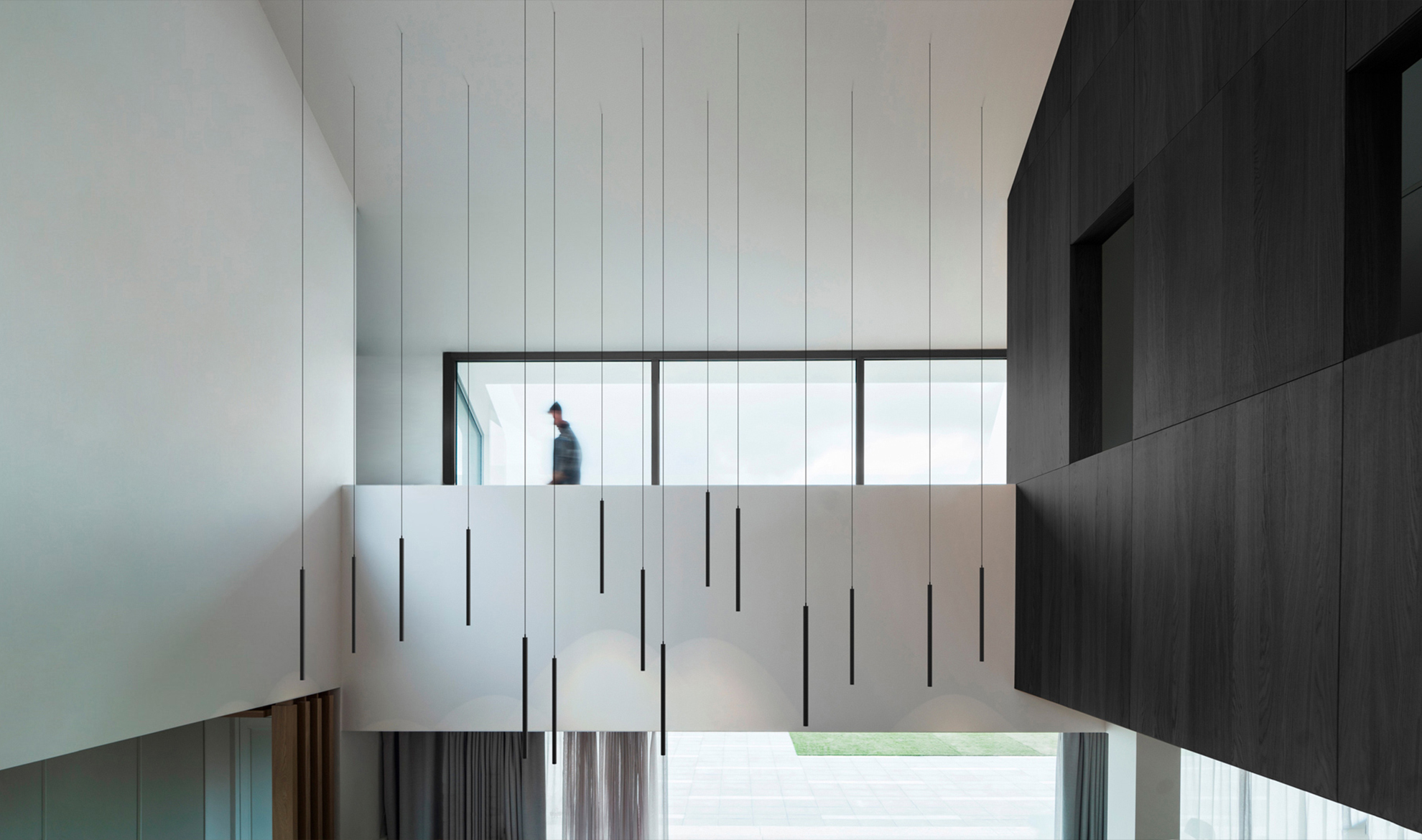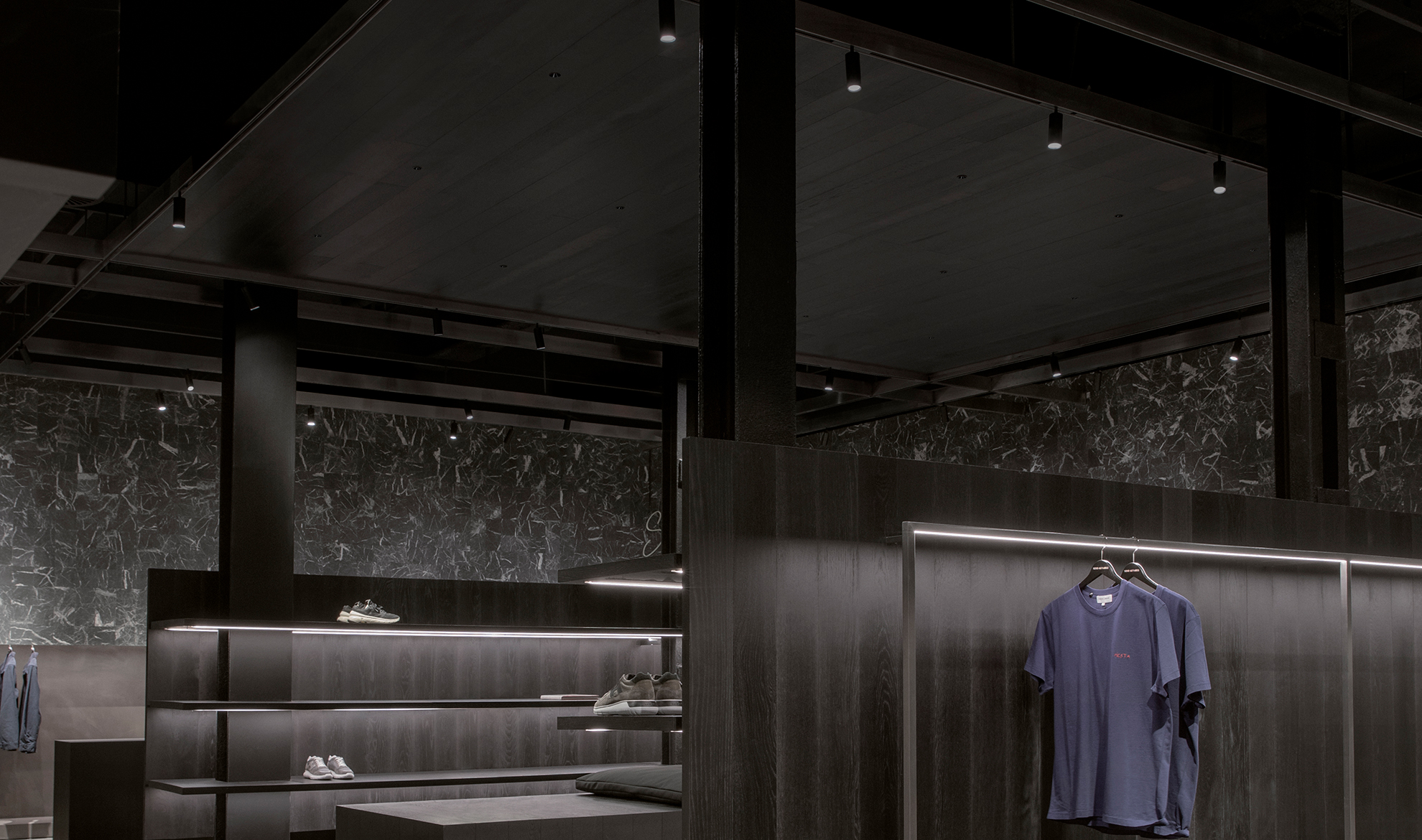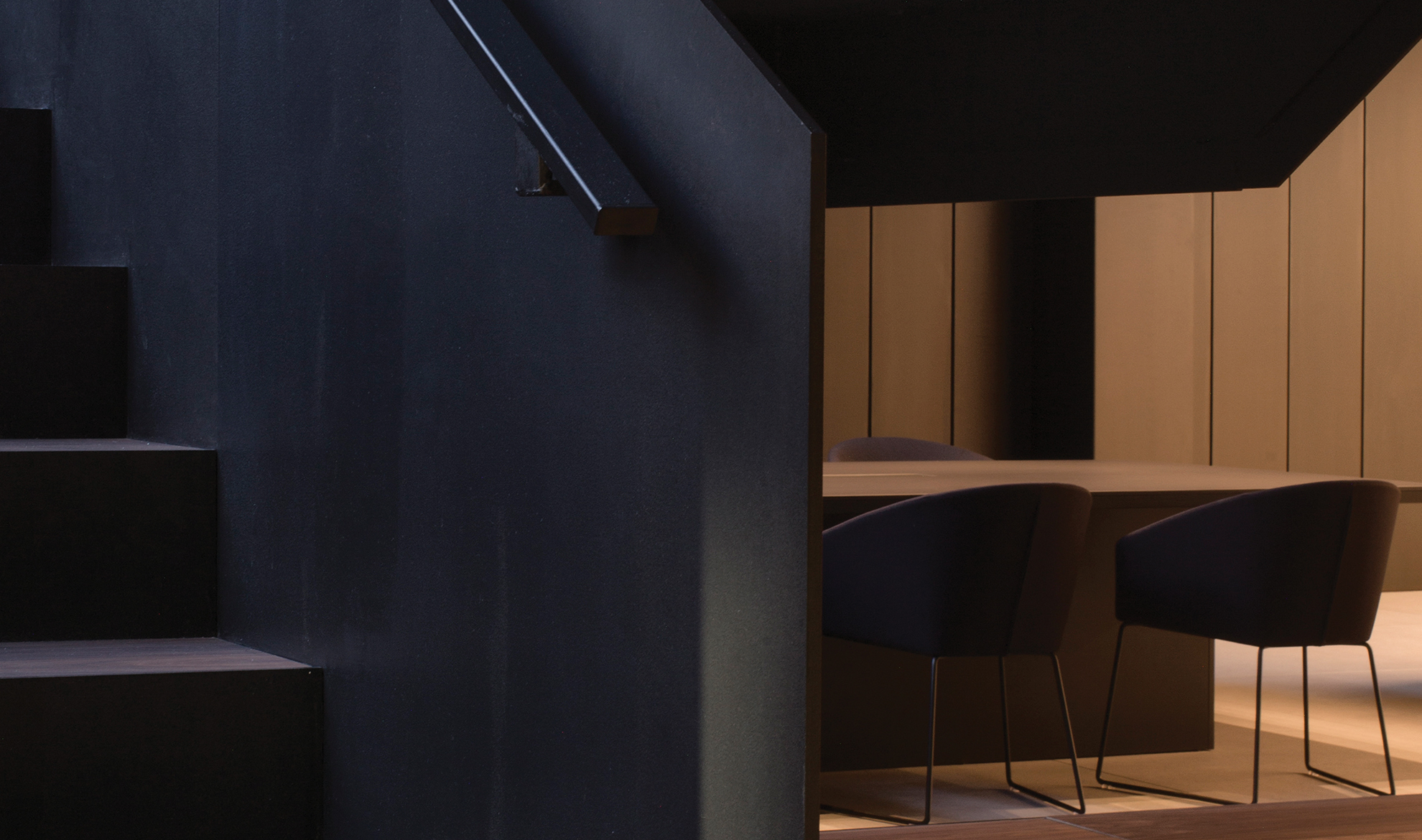5 Key Strategies for an Energy-Efficient Architectural Project
05.03.2025
- Light & Learn
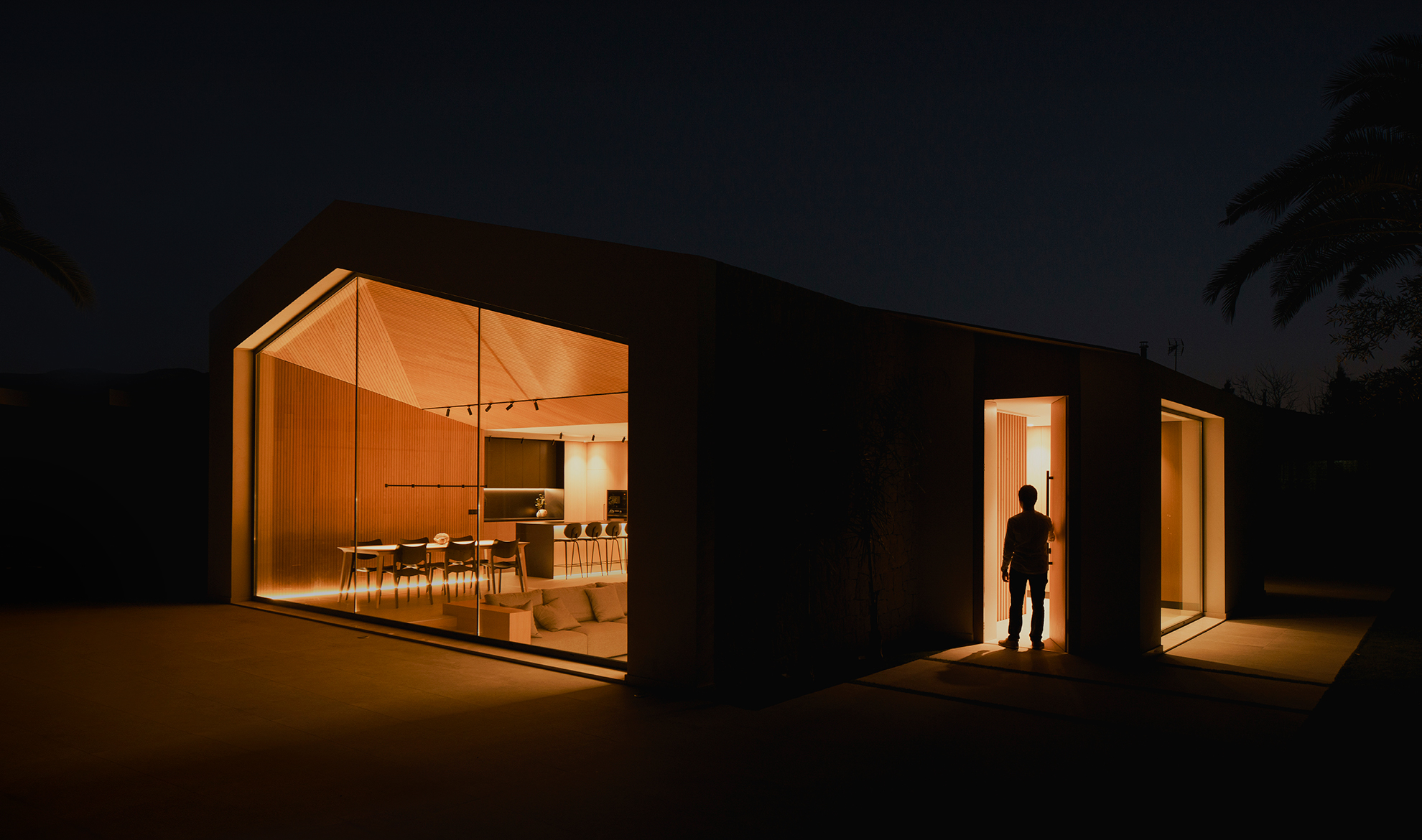
Energy efficiency is essential for sustainability, as it optimizes the use of natural resources, reduces greenhouse gas emissions, and helps mitigate climate change.
In recognition of World Energy Efficiency Day, we share five recommendations to enhance lighting efficiency in your architectural project.
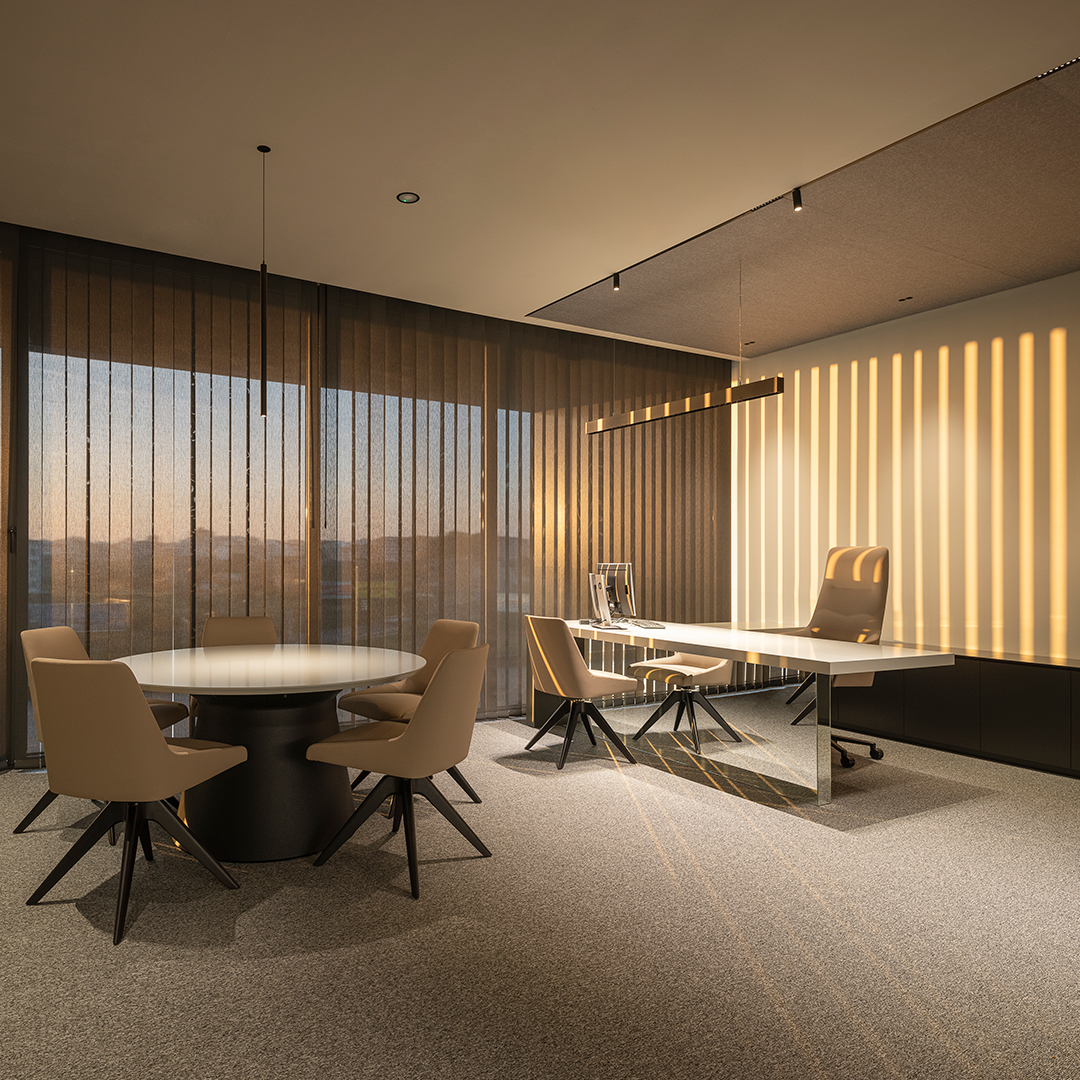
1️. Maximizing Natural Light
Integrating natural and artificial lighting reduces the need for artificial light during the day. The use of daylight sensors helps adjust light intensity based on external light levels, optimizing energy consumption.
2️. Using Energy-Efficient Luminaires
- LED luminaires reduce energy consumption and extend their lifespan.
- Replacing halogen and fluorescent systems with high-performance LED solutions and selecting luminaires with precise optics prevents light waste and improves uniformity.
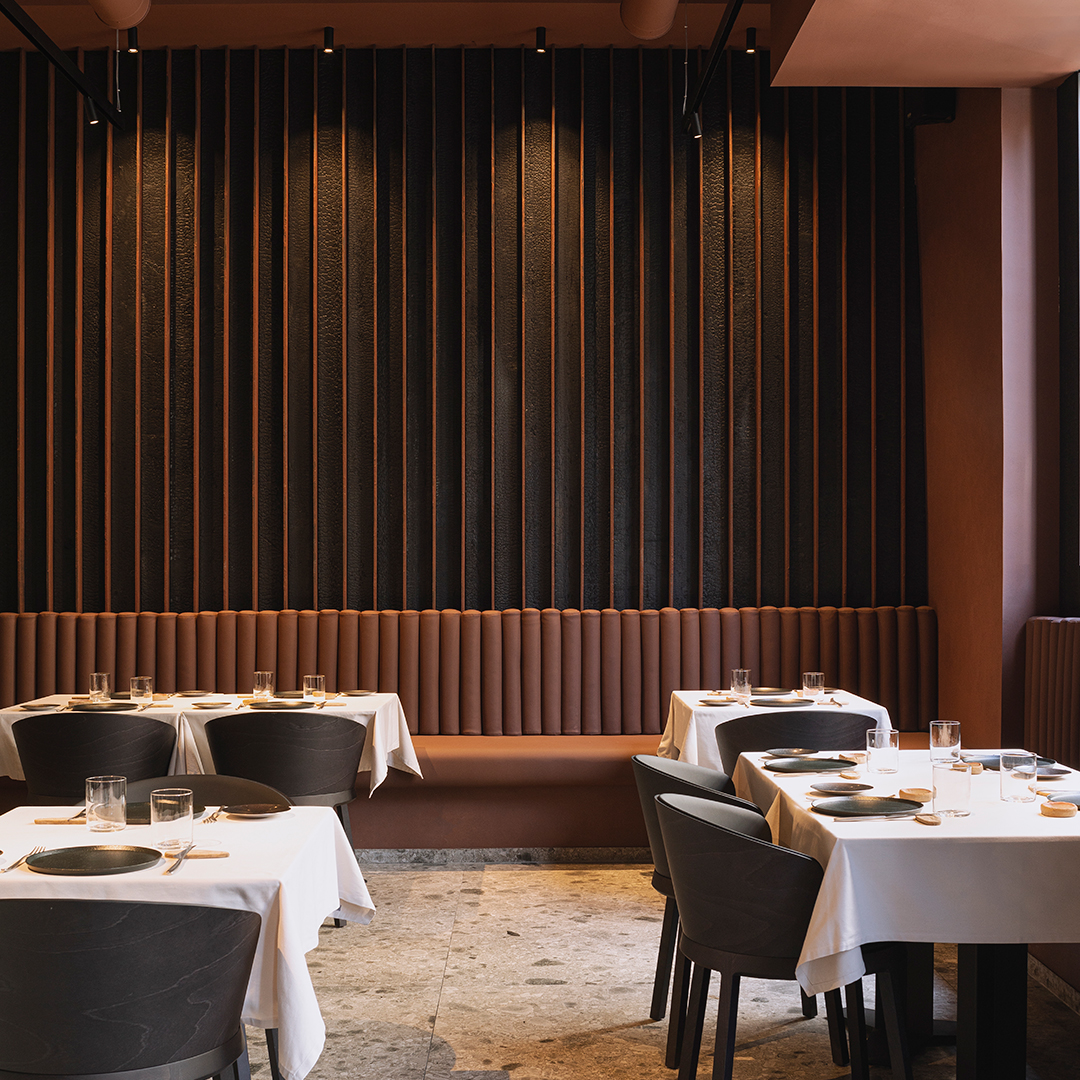
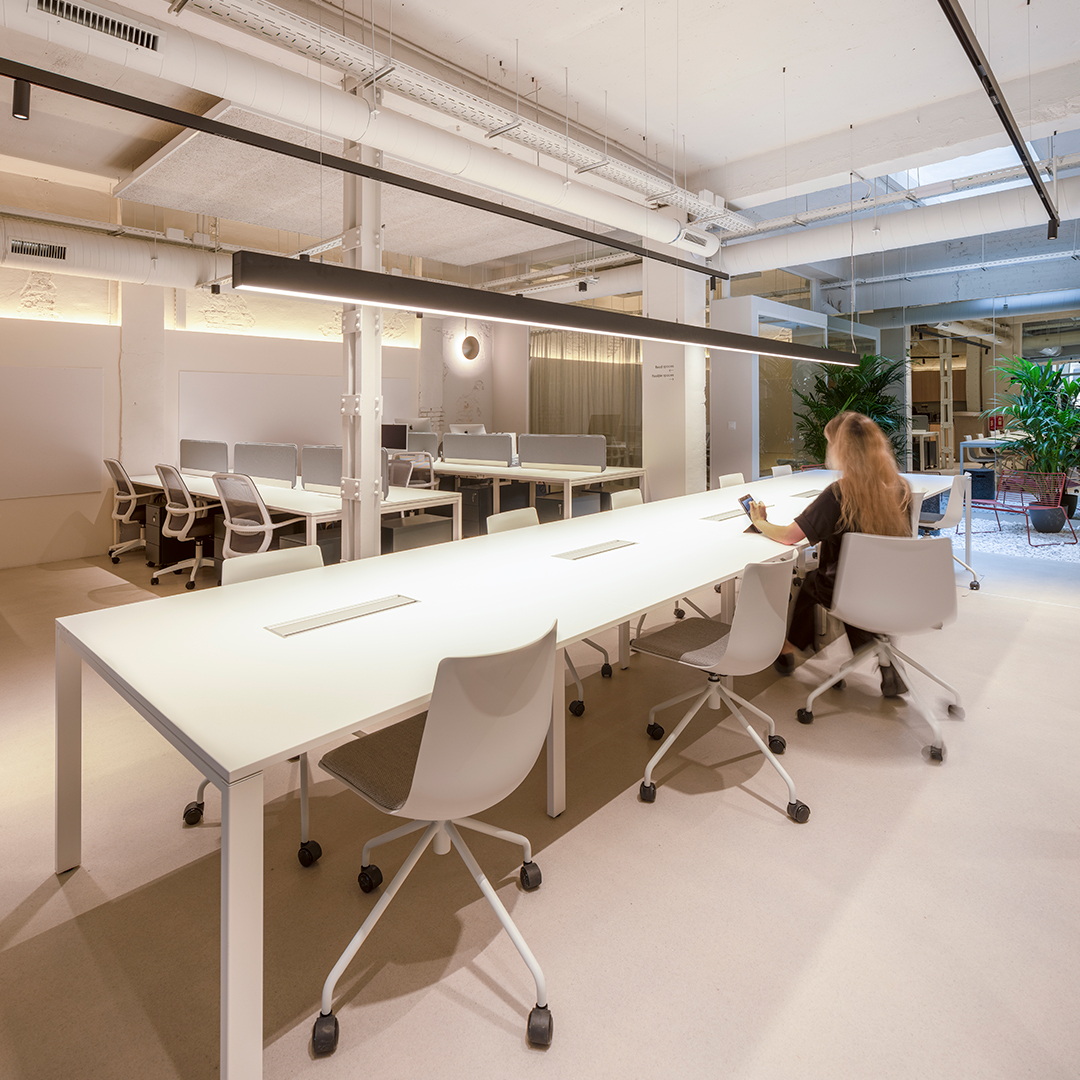
3️. Control and Automation
Smart lighting optimizes consumption through advanced control systems:
- Motion sensors that switch lights on and off based on occupancy.
- Dimming systems to adjust brightness according to space requirements.
- DALI systems that integrate lighting with other energy management systems.
4️. Lighting Design by Zones and Needs
- Segmenting lighting improves efficiency and visual comfort:
- Focused lighting in work areas instead of uniformly illuminating the entire space.
- Lighting scenes to adapt brightness to different times of the day or activities.
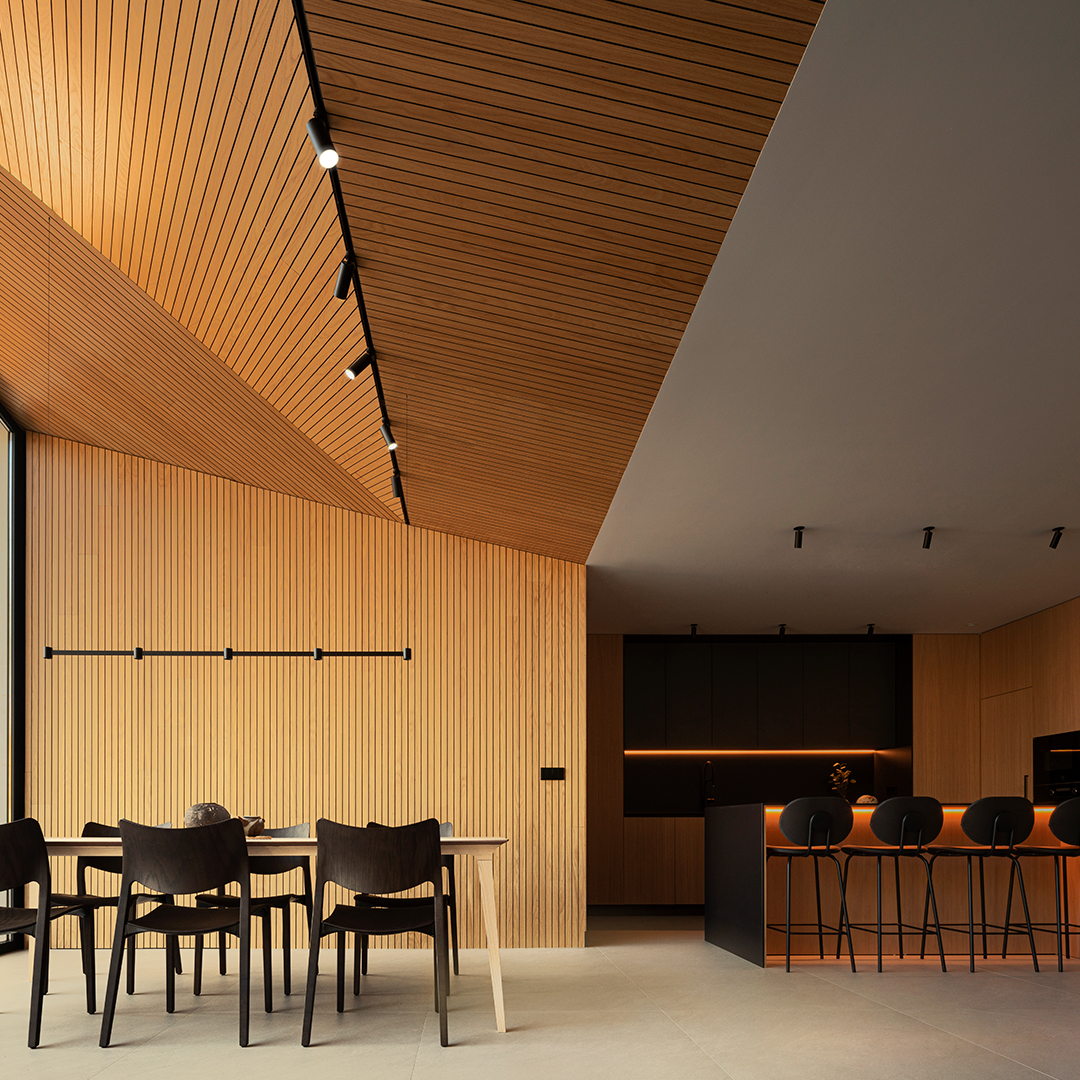

5️. Reducing Heat and Cooling Consumption
LED luminaires generate less heat than other technologies, reducing cooling demand.
Tunable White technology allows for color temperature adjustment, enhancing thermal perception and environmental comfort.
An efficient lighting design reduces energy consumption, optimizes resources, and improves project sustainability.
CHECK OUR SUSTAINABILITY REPORT

